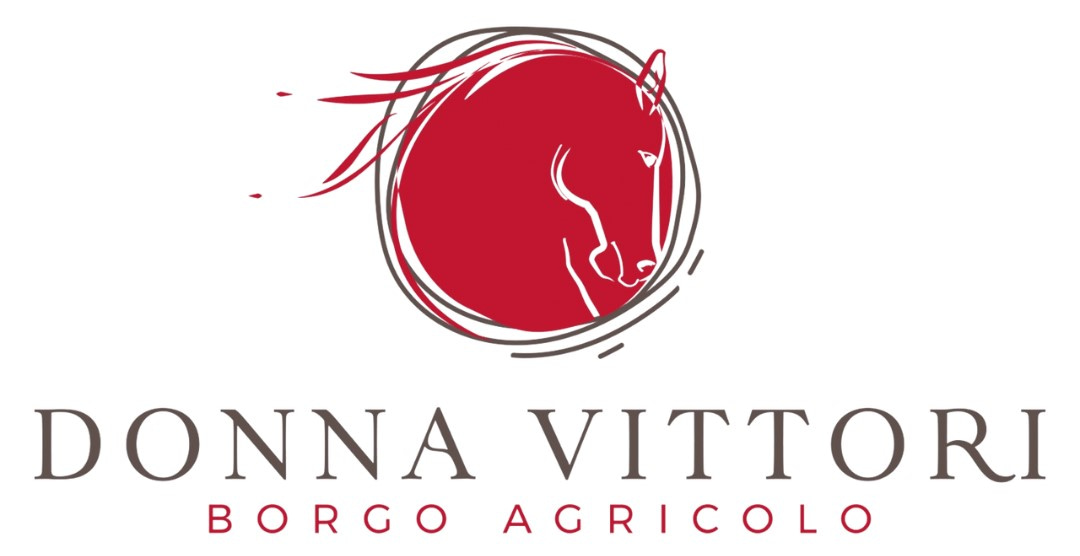Emotions to share together
For us Italians, this is the definition of every meal....
After the first plates of pasta made from the three grains that we grow, we realized the profoundly different taste of our products, and suddenly realized that we never considered wheat as the defining element of pasta. We are used to great varieties of apples, or peaches, but what do we know about the 2,000 varieties of ancient grains and the incredible biodiversity that makes Italy the richest country in the world. So why not enjoy all these grains and the nuances that different local environments impart to wheat? A cultural revolution that starts with the "terroir of wheat" and the value of small farms. Terroir is a concept known to all wine lovers. It associates the aromas of wine with the exposure of the vineyard, the geology of its microclimate and local traditions: in short, it is the 'passport' that defines the uniqueness of a given wine. When we taste pastas produced in small plots, the type of soil and nearby crops influence the tastes of the wheat. Two hectares planted with wheat in the midst of vineyards, olive groves or woods acquire scents that intensive farming does not transmit. Our land in Paliano is in a pristine sandstone valley at the foot of vineyards. It's surrounded by olive, laurel and fruit trees. In Gavignano,we are at the end of a long hill at the foot of the Lepini Mountains with soils of volcanic origin totally surrounded by nature.
Sunday lunches
But all this takes on another value when we share it with friends, when we share with everyone the experience of tasting wheat and then pasta.
After the first few lunches here at Donna Vittori and the first few tables of tasting friends, we realized that this is the best experience to have on an Italian Sunday. And be careful to find the right toppings for each type of grain; each grain is best suited to tomato toppings, vegetables, meats, and different spiciness.
And for the more refined, we have created thelimited edition pasta made with 'new wheat' for a true field-to-table experience.
Discover the recipes that some chefs have prepared with our grains
Our Grains
Cappelli Wheat

Cappelli Wheat
The choice of Cappelli wheat was almost natural because it was the first ancient wheat to be rediscovered and planted throughout Italy. It has a blond color and an unmistakable aroma.
Spelt or Granfarro
Spelt
Farro Spelta or spelt, is an ancestor of soft wheat. We also used it to brew our Happening beer in the Belgian Saison style. The dough has a dark hazelnut color and a very pronounced wheat flavor.
"Autonomy B" Grain
"Autonomy B" Grain
Autonomy B, is a soft wheat that was grown in Central Italy until the 1950s. Thanks to the passion of some farmers, it has continued to be planted in Gavignano. Soft wheat is generally used to prepare fresh pasta, bread and cakes. It is light in color. On the palate, it conveys characteristic sweetish notes reminiscent of leavened staples. Under Italian law, this cannot be called pasta but a food specialty, because it is made with 100 percent soft wheat.
How to taste our Pasta
In order to discover the authentic flavors of our grains, we have devised a tasting protocol that begins with a visual analysis of the raw dough in which we examine the color, roughness and smell the aromas.
You compare the three grains on three white saucers so you can appreciate the differences. Then you cook the pastas in three different small pots and season with a delicate oil such as our 100% Rosciola EVO oil. You compare the pastas on three white saucers and taste them comparing the different flavors.
At this point all the guests are ready to eat the pastas each topped with its proper seasoning.
You can get our chefs' recipes by downloading the Grain Taster course book.


